
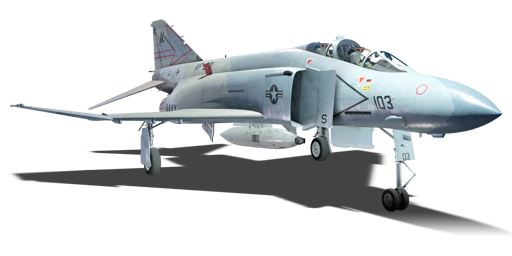

The F-4 Phantom II served its most notable service period in the Vietnam War for both the US Air Force (USAF) and US Navy (USN). The USN had the F-4J as their latest aircraft, and it began to show its age in the post Vietnam War period. A modernization program began to keep the F-4J up to date with latest upgrades. Improvements were done in avionics, weapon systems, airframe, and undercarriage, but the two most notable improvements were wing leading-edge slats, for improved manoeuvrability, and new smokeless engines. The F-4S flew for USN up until the Phantom's retirement in the late 1980s, replaced by more modern aircraft like the F-14 Tomcat and the F-18 Hornet.
The F-4S Phantom II, introduced in Update "Sky Guardians", is one of the top versions of the F-4 Phantom II in the game. While the overall play style is not very different from the F-4J, the performance improvements in manoeuvrability should allow the F-4S to occasionally get the upper hand over even more modern fighter designs that it can encounter. Outside the dogfighting range, the usual complement of BVR weaponry like the Sparrows alongside the PD radar should allow the F-4S to shoot down careless enemy fighters who can't evade in time.
flaps
flaps
flaps
brake
| Name | Weight | Slot | ||||||||||
|---|---|---|---|---|---|---|---|---|---|---|---|---|
| 38 × | 579.3 kg | 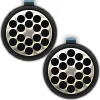 |  | |||||||||
| 12 × | 840.8 kg |  |  |  |  |  | ||||||
| 6 × | 707.4 kg | 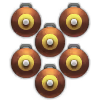 |  |  | ||||||||
| 6 × | 1,445.4 kg | 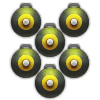 |  |  | ||||||||
| 6 × | 829.8 kg | 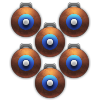 |  |  | ||||||||
| 6 × | 1,524 kg | 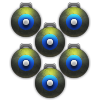 |  |  | ||||||||
| 3 × | 1,087.3 kg | 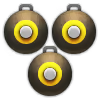 |  |  |  |  | ||||||
| 2 × | 893.6 kg | 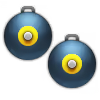 |  |  |  | |||||||
| 406 kg |  |  |  | |||||||||
| 231.3 kg | 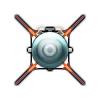 |  |  |  |  |  | ||||||
| 57 × | 688.9 kg | 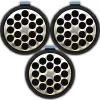 |  |  | ||||||||
| 3 × | 353.7 kg | 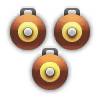 |  | |||||||||
| 3 × | 722.7 kg | 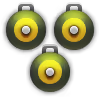 |  | |||||||||
| 3 × | 414.9 kg |  |  | |||||||||
| 3 × | 762 kg |  |  | |||||||||
| 2 × | 176.9 kg |  |  | |||||||||
| 3 × | 1,340.4 kg | 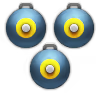 | ||||||||||
| 439.5 kg |  | |||||||||||
| Drop tank (600 gal.) | 137.9 kg |  | ||||||||||







 2 x (100 / 310 / 600) %
2 x (100 / 310 / 600) % 
 2 x 238 %
2 x 238 % 

Flight performance | |
|---|---|
Survivability |
|---|
Weaponry | |||
|---|---|---|---|